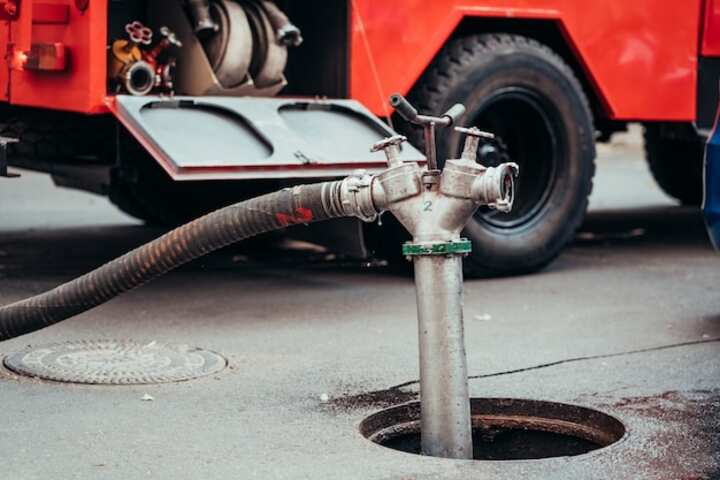
Complete Guide to Septic Tank Care, Cleaning, and Replacement Services
Septic tanks are an essential component of many residential and commercial properties, particularly in rural areas where access to municipal sewer systems is limited. Proper care, cleaning, and replacement of septic tanks are crucial for maintaining their efficiency and avoiding costly repairs or potential health hazards. This comprehensive guide will explore the best practices for septic tank care, signs indicating the need for cleaning, and how to determine when replacement services are necessary. Understanding these aspects can help prolong the life of a septic system and ensure it functions correctly.
Understanding Septic Tank Care
Regular Inspections
Regular inspections are vital for maintaining a septic tank's health. These inspections help identify potential issues before they become significant problems. It is generally recommended to have a professional inspect the septic system at least once every three years. During an inspection, technicians will check the following:
- Sludge levels in the tank
- Signs of leaks or cracks
- Condition of the baffles and tees
- Integrity of the tank and surrounding areas
Conservative Water Usage
Minimizing water usage can significantly impact the lifespan of a septic system. Excessive water flow can overwhelm a septic tank, leading to system failures. Implementing water-saving measures such as:
- Installing low-flow fixtures
- Repairing leaks promptly
- Spreading out laundry loads
can help maintain the balance within the system. Explore further insights here.
Mindful Disposal Practices
Proper disposal of household waste is crucial for septic tank longevity. Avoid flushing non-biodegradable items such as:
- Wet wipes
- Sanitary products
- Grease and oils
These items can cause blockages and other serious issues within the system. Learn more in this detailed guide.
Signs That Indicate the Need for Septic Tank Cleaning
Regular cleaning is necessary to keep a septic system functioning efficiently. Here are some signs that indicate a septic tank needs cleaning:
- Slow Drains: If sinks, showers, and toilets are draining slower than usual, it might be time for a septic tank cleaning.
- Foul Odors: Unpleasant smells in and around the home can indicate a full septic tank or one that needs attention.
- Pooling Water: Water accumulation in the yard, especially near the drain field, can be a sign of an overflowing tank.
- Lush Grass: Greener and more robust grass over the drain field might suggest a leaking tank.
Find additional information here.
When to Consider Septic Tank Replacement
While regular maintenance can extend the life of a septic tank, there comes a time when replacement might be the best option. Consider the following factors:
Age of the System
Septic systems typically last between 20 to 40 years, depending on usage and maintenance. If a system is nearing the end of this lifespan and experiencing frequent problems, replacement may be necessary. Explore further insights here.
Frequent Repairs
If a septic system requires constant repairs, it may be more cost-effective to replace the system rather than continue investing in temporary fixes. Read more about this topic.
System Inefficiency
Older systems may not handle the demands of a modern household. If a household has increased in size or water usage has significantly increased, upgrading to a larger or more efficient system might be necessary. Learn more in this detailed guide.
Proper septic tank care, cleaning, and replacement are essential aspects of maintaining a functional and healthy system. Regular inspections, mindful water usage, and proper waste disposal can prevent many common issues. Recognizing the signs that indicate cleaning or replacement needs can save time, money, and stress. For more comprehensive insights on septic tank care and services, visit this guide.